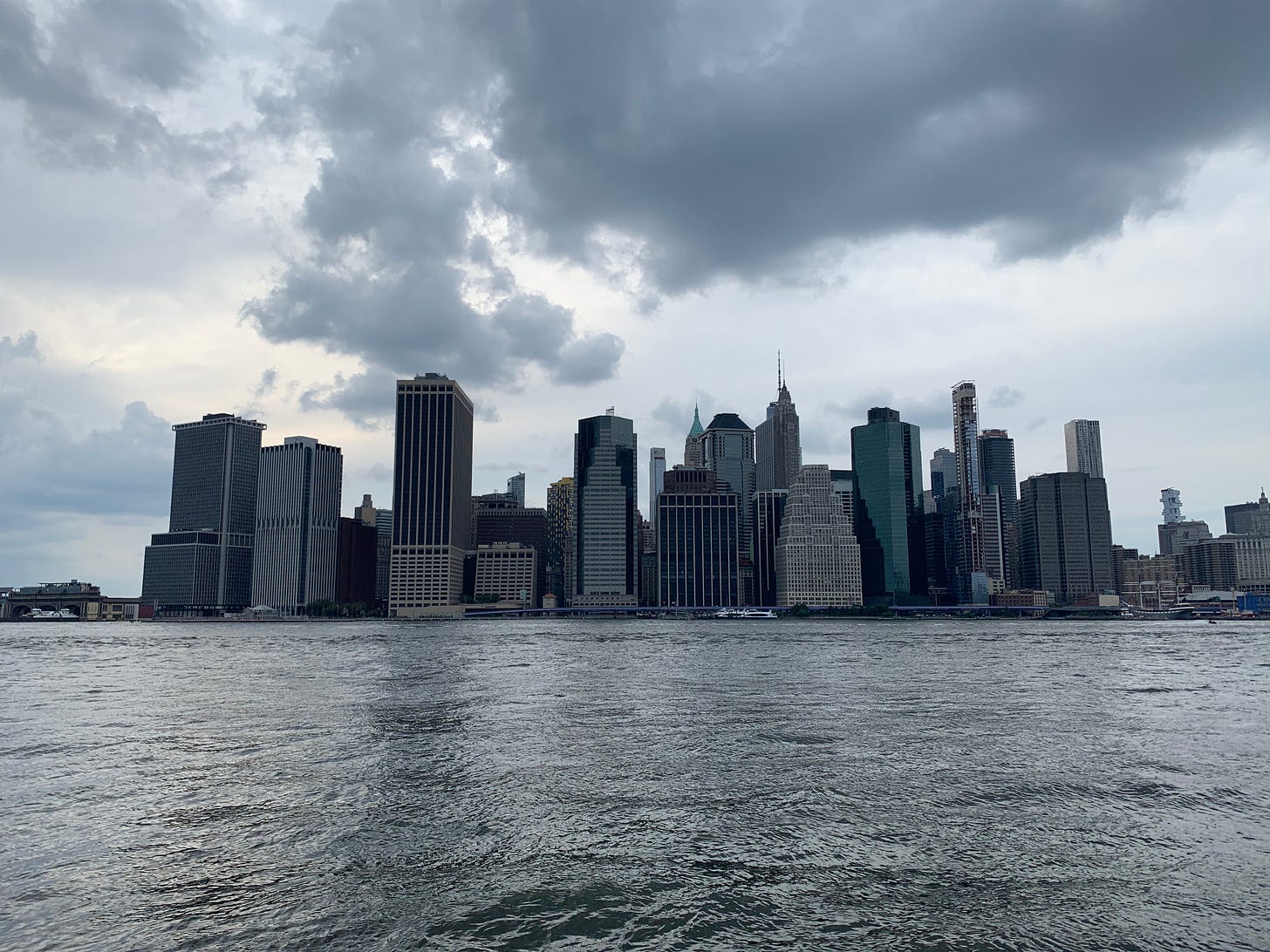Kamala Harris and the pressures of being the "first"

This week, Kamala Harris became the first woman of color to be nominated for vice president by a major political party. It was a historical moment of many “firsts”: first Black woman, first South Asian person of any gender, first Asian American. She has spent much of her career breaking similar barriers, always being the “first” with every new role she took on.
But the “first” person carries a significant burden: everywhere they go, they’ll always be expected to represent everyone from that group. We see it when a woman becomes the first woman to hold a position or office: she is expected to represent all women everywhere, and faulted when she doesn’t adequately represent the interests of every group of women out there. When someone becomes the first Black person or first Latina or first Asian American to hold an office, they’re expected to represent everyone in that group, as if it were even possible to represent as broad and diverse a group of people as “women” or “Asian Americans” or “Black Americans.”
Kamala Harris, as a biracial person, gets twice as much pressure: she’s pressured to represent both of the racial/ethnic groups she comes from, what scholars call “dual discrimination. When a white man is elected, no one expects him to represent all white people or all white men: he’s just seen as the norm. But for women and people of color, the pressures of being the first are immense — and the only way we’ll solve that problem is by getting more women and more people of color elected.
I expanded on this a lot more in a piece I wrote this week about Kamala Harris’s VP nomination. Initially, I thought I would write something about why Kamala Harris is more commonly referred to in media coverage as a Black woman, and why her South Asian heritage has often been erased. But as I interviewed experts for the story, I realized that it’s more complex than that. How she wants to identify is her choice; it’s not fair for anyone to expect her to be “more Indian” or “more Black.” She has simultaneously been criticized for not being Indian enough and not being Black enough, as both communities have claimed her and critiqued how well (or not) she represents them. The story turned into something very different than what I initially thought I’d write, but the eventual piece turned out much better. Hope you’ll give it a read!
What I’m reading
How I learned to small talk with white people, The Cut.
When it’s safe: the first week of my post-pandemic social calendar, The New Yorker. This was a humor piece but also might make you a little emotional about our old lives.
To love, honor, and share fridge space, Food & Wine.
The end of the shelfie, Elemental/Medium.
The afflictions of the comfortable, The American Prospect.
Selling Sunset and the promise and cruelty of Los Angeles, The New Yorker. I’m not usually a reality TV watcher, but this week, I got completely sucked in by Selling Sunset.
Wellness doesn’t belong to white women, The Cut.
How did rich millennials become the voice of generation rent?, The Guardian.
What I’m cooking
This week I made these chicken and zucchini meatballs with a delicious lemon-feta sauce! Also these seared scallops with jammy cherry tomatoes, and these spicy sesame noodles with ground chicken and peanuts that I make almost once a month.
Thanks for reading! If you like this newsletter, you can click the “heart” at the top of this post on Substack or share it on social media or forward to a friend — they can subscribe at nishachittal.substack.com. You can follow me on Twitter here and Instagram here. And if you have thoughts on this week’s newsletter or suggestions to include in the future, feel free to reply to this email and let me know.


